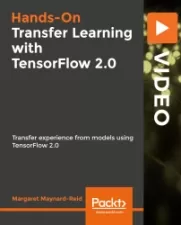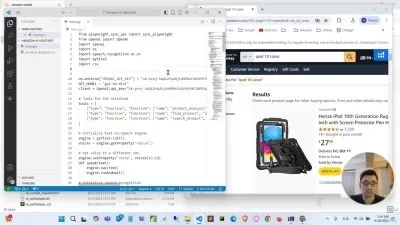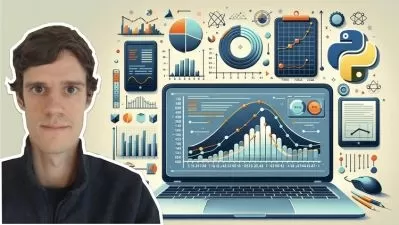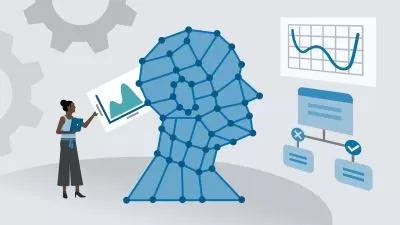Machine Learning and AI Foundations: Prediction, Causation, and Statistical Inference
Keith McCormick
2:08:39
Description
In the world of data science, machine learning and statistics are often lumped together, but they serve different purposes, and being versed in one doesn’t mean expertise in the other. In fact, applying a statistical approach to a machine learning problem, or vice versa, can lead to confusion more than elucidation. In this course, Keith McCormick covers how stats and machine learning are different, when to use each one, and how to use all the tools at your disposal to be clear and persuasive when you share your results. He covers topics like: Why correlation is insufficient evidence of causation; the difference between experimental and observational data; and the differences between traditional statistics and Bayesian statistics. Keith also looks at causality, a tricky topic when it comes to using statistics and machine learning to prove something causes something else. If you build machine learning models, run statistical analyses—or especially if you do both, this course is for you.
More details
User Reviews
Rating
Keith McCormick
Instructor's Courses
Linkedin Learning
View courses Linkedin Learning- language english
- Training sessions 32
- duration 2:08:39
- Release Date 2023/01/18





















